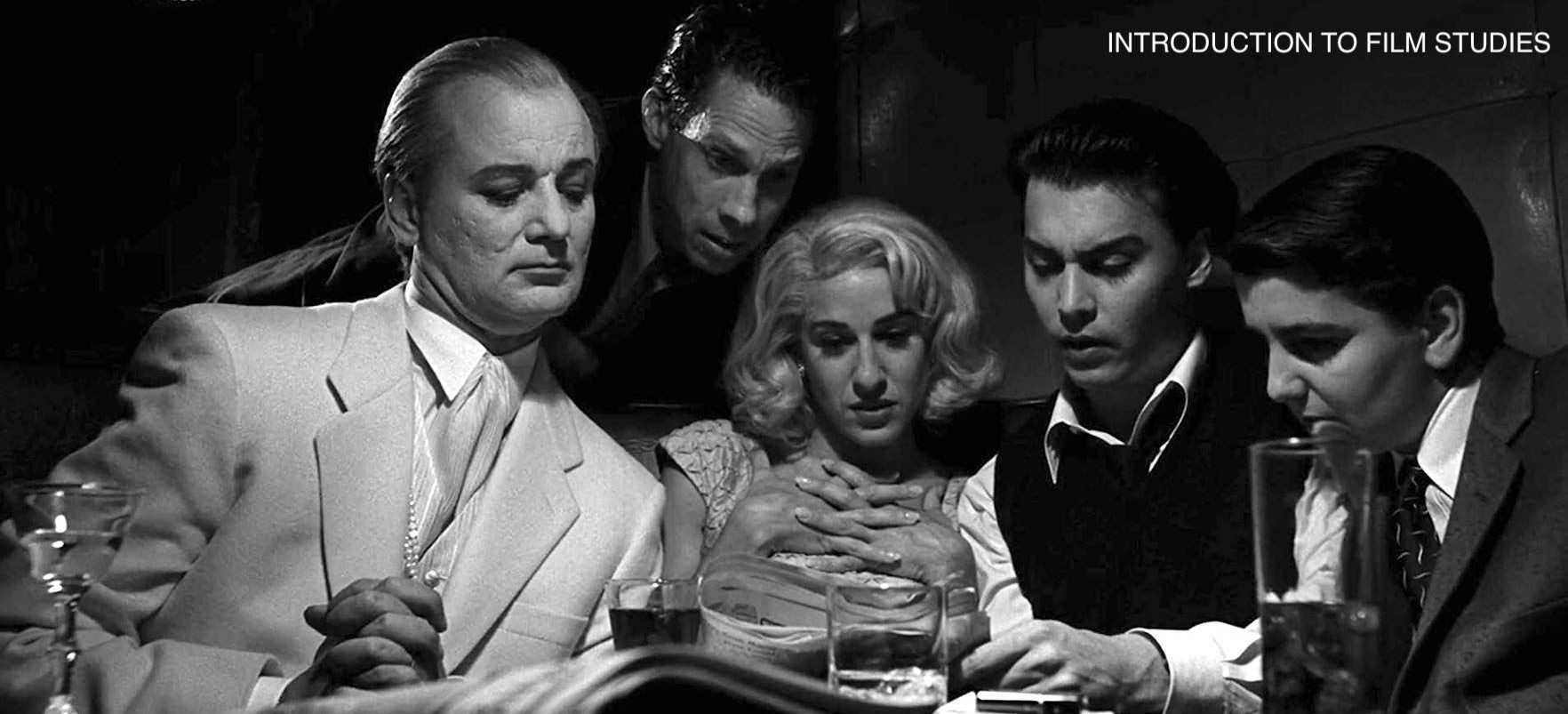I will be focusing on a a famous director known as Henry Selick, and the connection of auteur theory and how he portrays that in his well known films. I will first explain what auteur theory is and a brief description of its background, then I will move towards explaining Henry Selick and his creative background, then combine those two aspects and how they correlate with each other. Auteur theory is where the director runs the course of the film, so essentially, the director is the author of the film which means the director has complete creative control. This theory originated in France, however, it eventually found a home here in the United States. So along with the director being the author of the film, it also must have certain characteristics of the style that is their signature which allows the audience to have a better understanding of the director as a person and as a filmmaker by connecting the visual aspect of his films and his life. This includes consistent themes of characters, storylines, and visual representation in his films.
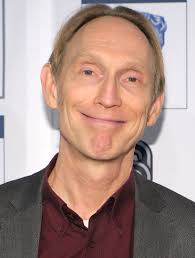
Henry Selick was born in 1952 in Glen Ridge, NJ. He is a film director that specializes in stop-motion animation and he also is formally trained as an animator. Selick was inspired at a very young with animation films such as ” Adventure of Prince Achmed,” and “The 7th Voyage of Sinbad,” which featured a stop-motion animation by Ray Harryhausen. Going into college, he studied science and film and eventually won two awards for his film creations. Soon after college, he was hired by Disney where he started working as a in-betweener which is where he would creates me frames for Disney’s animations but it was indeed a lower level job. He then gradually worked his way up that ladder and was approached by the no- other, Tim Burton. While working with Tim Burton in the famous animation film, “The Nightmare Before Christmas,” Selick got his big break for directing this film and essentially spreading his wings to later producing more well known films. (Dimos, 2)
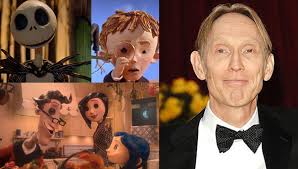
For those that might confuse Henry Selick for Time Burton, granted that they share similar themes and characteristics in their films and sometimes work together, Henry Selick directed the films such as “The Nightmare Before Christmas”, “James and the Giant Peach”, and my absolute favorite, “Coraline”. Henry Selick’s trademark or signature is his use of stop motion puppets or special effects in all of his films. After going through some articles, I came across one that had a good description of Henry Selick and his work. In the article, Ben Simon mentioned and gave credit to Selick ” of a whole sub-genre” of stop-motion [models] animation, the animations dark side which is directed towards the films that I mentioned in this blog. Ellen Bensen, who is the author of animation unleashed, stated that darkness and the “organic” feeling of his hand-crafted films are what makes Selick’s personal vision really stand out.
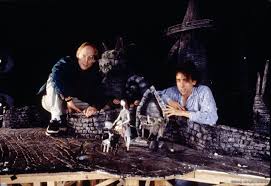
Going more in depth of his films The Nightmare Before Christmas, James and the Giant Peach, Coraline, and his upcoming film Wendell and Wild which stars Jordan Peele and Keegan-Micheal Key. They all portray similar themes, storylines, and visual representation in these films. However, I should clarify that the upcoming film does not air until 2021so I cannot compare this film to his other creations in this blog. His films all have a similar genre that it stop-motion animation, dark fantasy that plays along the line of children thriller/ gothic but also with the genre of family, drama, and adventure as well. It has many genres, clearly, but all is a very identifiable trait that is shown. His films are very visually pleasing as well with the colors, costumes, and environment he set the film in.
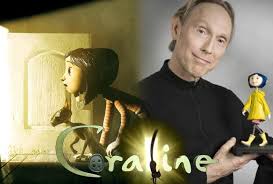
He uses the color scheme to his advantage in order to tell the story. In the TNBF, he uses a very dark color or scheme to portray death and uses a more colorful pallet to signify Christmas and joyfulness. He does the same thing in Coraline where the darker and more obscure colors are shown as a way to portray unhappiness and dullness of Coraline’s current living situation and in the alternate universe to which she finds herself in. The vibrant colors are shown to portray a better and more fulfilling life with all the orange, yellow, blues, reds, green, you name it. Each film though, he holds a vast comparison of the stages in the characters life by showing these colors. The colors are always visually pleasing and enhance the film. Setting is also an important factor in his films. The characters in his films appear to be traveling whether it is to another area, James and the Giant Peach, another dimension, The Nightmare Before Christmas, or another alternate reality, Coraline. All of which, setting plays such a vital role in executing the films and the journey these characters endure and realize what they eventually realize along the way.
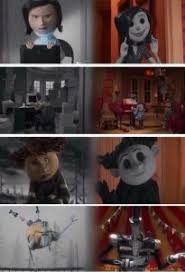
Henry Selick also portrays many ideologies in his movies or perhaps the same one which is always powerful. Ideologies are the deeper meaning in movies and the messages that the movies portray to the viewers. In these movies of his that I presented, the characters are dealing with an internal/ external struggle which is wanting more in life than what their current circumstances will allow them. This then leads the characters to travel and leave their home or place they’ve always had because they believe that the grass is greener on the other side. They eventually find their way back to their home but first that distance taught them to appreciate what they have and to build upon it to make their surroundings better rather than abandoning it. I find this to be a powerful message and it seems to be a theme of his. All of this ties into auteur theory and how Henry Selick displays that connection he has with the theory.
References:
Moore, Roger. “The Auteur of Stop-Motion.” OrlandoSentinel.com, 12 Oct. 2018, http://www.orlandosentinel.com/news/os-xpm-2009-02-06-selick-story.html.
Ntikoudis, Dimos. “Henry Selick.” IMDb, IMDb.com, http://www.imdb.com/name/nm0783139/bio?ref_=nm_ov_bio_sm.
Priebe, Ken A. “The Advanced Art of Stop Motion Animation .” Google Books, Google, 2011, books.google.com/books?hl=en.
